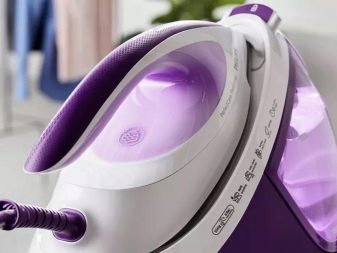Veil fabric
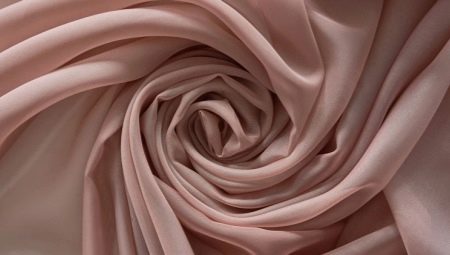
Previously, the veil was only used to decorate women's dresses or hats. However, now everything has changed a little: both the composition of the fabric and the scope of application. Nowadays, tulle (a kind of veil) can be seen in every home, and modern fashion designers use the material in almost every collection, creating images of amazing beauty and tenderness. This article will tell you everything about what the veil fabric is now, where it is used, how to care for veil products and many other nuances.
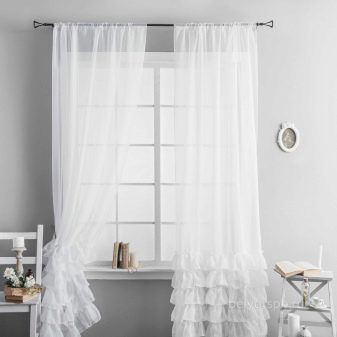
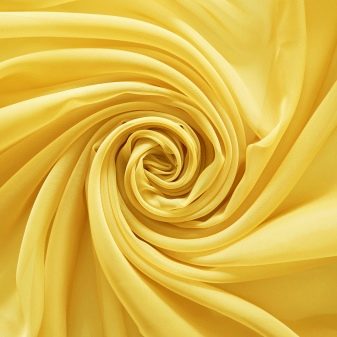
Description
The veil fabric is a finely woven fabric. Often woven from cotton fibers and eventually becomes vaguely similar to thick gauze. It is also made from silk and wool, polyester and other materials. Previously, only natural materials (cotton, silk and wool) were used to make veils. Translucent lightweight and delicate fabric drapes well and forms folds and waves. Externally, it is also a softer and more beautiful version of organza.
The range of fabrics is expanding every year, therefore at the moment, you can buy veils with flock, various embroidery, lace, edging and even sequins, as well as many other various products. Some well-known manufacturers in this field produce the material with several combined decorations. For example, a veil with lace and embroidery.
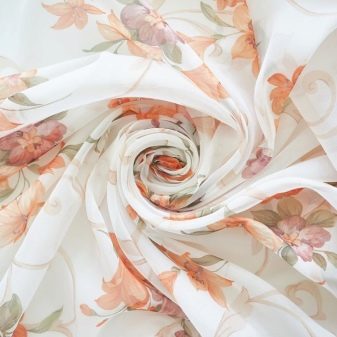
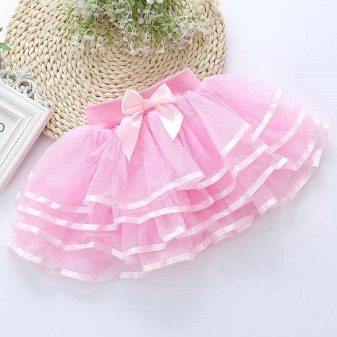
It is often confused with chiffon. The latter is more “fragile”: a veil (for example, tulle) can be washed, and chiffon in most cases unpicks after washing. Unlike chiffon, the veil is more durable and also more resistant to mechanical damage.
As a rule, it is used to decorate women's clothing or hats, as well as in the process of sewing various stage costumes. A striking example of the use of a veil in everyday life (outside the scope of application in the process of making clothes) is tulle. The fabric is sold in every clothing store and is easy to find at other points of sale. Has a low cost (the exception is foreign models made of wool or natural silk and other similar fabrics). On average, 1 meter of veil can be purchased for 100 rubles.
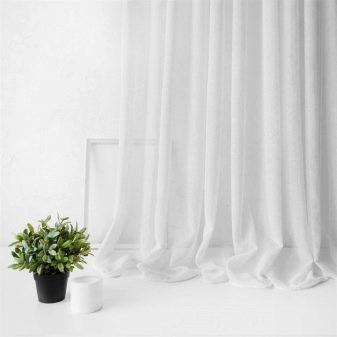

Varieties and colors
Obviously, the main shades of the veil are pastel colors of light tones. A rare exception is the fabric called "carnival", the color of which goes from blue or purple to white. There are also patterned models. These are often printed patterns, but sometimes it is possible to purchase tulle with an etched pattern.
The pattern appears after the application of reagents. However, the composition of the fabric must be special (it must include polyester, linen and viscose in certain proportions). A small amount of the entire veil is dyed in bright colors: black, red, and so on.


Artificial
The most common type of veil at the moment is man-made fibers. Such fabric does not shrink after washing, has a budget price, does not really wrinkle, transmits sunlight well, and also does not fade under their influence. There is a non-combustible synthetic veil. This is the most comfortable and common type of this fabric.
It is used to decorate clothes, but may cause irritation after prolonged and direct contact with the skin. The lion's share of all types of tulle on sale are of synthetic origin.


Woolen
It is a thin wool fabric. At first glance, it seems that the fabric is dense, but upon closer inspection, you can see that it is transparent. Apparently made from wool and suitable for winter wardrobe. Used for sewing blouses, warm dresses, capes, scarves and so on. Despite its thinness, such a fabric retains heat well. On average, the price per meter ranges from 200 to 300 rubles.
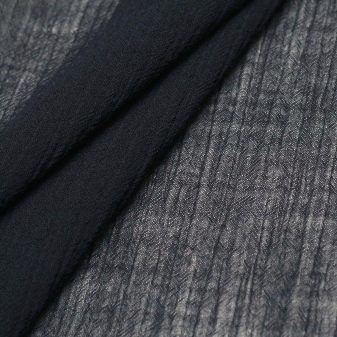
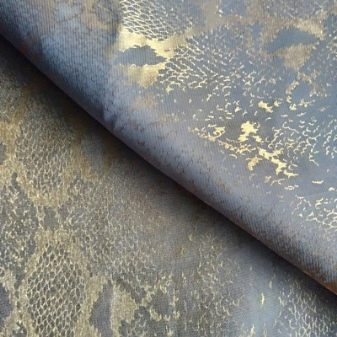
Silk
Made from silkworm fibers. Outwardly, it looks like organza and is often under this name and is sold in many sewing stores. It is a light and flowing translucent fabric on which individual threads can be seen... It is mainly used for sewing dresses. The price can be 1000 rubles per meter or more due to the high cost of the material. A white silk veil is usually sold in stores.


Cotton
It is a thin cotton fabric that often opens very easily. It can be sold under various names in sewing shops. It is painted in different colors, often drawings and patterns are applied to it. It used to be used for sewing women's head covers or for women's scarves. Now it is used in the decoration of clothes (even wedding dresses), when sewing light summer dresses, as well as as part of home textiles or for making curtains. Good air permeability, but not sunlight.

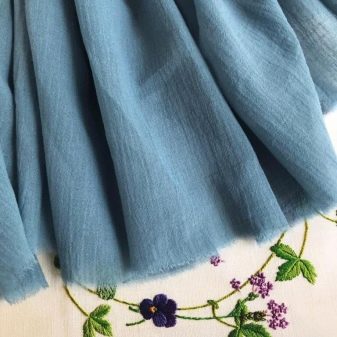
Linen
As a rule, it comes in a white or cream shade. Less commonly, you can find dark colors (for example, gray or lilac veil). The fabric has a natural look, you can see flax fibers here. Outwardly, it resembles linen material (for example, the one that was previously used for sewing shirts), but with a rarer weave. The pattern is vertical or horizontal stripes alternating in thickness. The material has a natural composition and is suitable for allergy sufferers. Used for sewing dresses and summer clothes, as well as tulle. Veils with a mixed composition (linen and cotton) can also be found on sale.

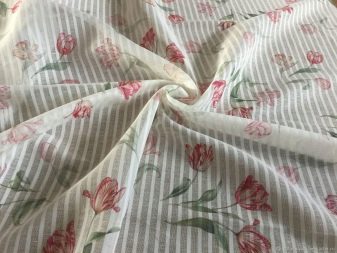
Application area
As mentioned, there are two main areas of application for tulle. It is used for sewing curtains, and dresses are also sewn from it.Not only tulle, but also lambrequins are sewn from the veil. As a rule, delicate shades are chosen for the hall and bedrooms, brighter models are hung in children's rooms or in kitchens. Another use in the interior is as canopies. Cots are popular in this regard.
The most famous dresses for which this fabric is used are wedding models.
The fabric is used not only to decorate the dresses themselves, but also for such an important part of the bride's image as the veil.
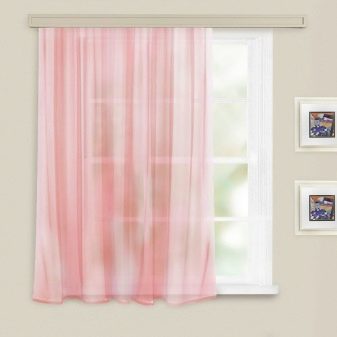

Care Tips
Voile is a very thin fabric with a loose weave, which imposes some restrictions on its care.
- It is undesirable to wash the veil in a typewriter; it is best to do it by hand. Machine wash can severely distort the texture of the fabric. If the stains on the tulle or other product are not washed off, then the fabric must be soaked overnight, after completely dissolving the powder in water. Some veils are machine washable. This is usually indicated in the instructions. In this case, you need to select the delicate mode and without spinning. If the fabric seems too thin, soak the garment in a hand wash gel solution for several hours. Then you need to rinse the product and let the water drain. Then the semi-damp product is hung on the cornice. In this way, damage that may occur during the washing of the tulle can be minimized. The water temperature during washing should be warm.
- The veil must be dried only in a straightened form.... Deep folds formed while wet may not be ironed out later.
- Iron best with a steam iron... If this is not the case, then you can do it as usual, but at the lowest temperature. For both types of ironing, iron through the fabric. It is best to use a thin cotton fabric for this. Ironing in general is quite a problem for a veil: it does not iron well. It is best to iron the garments once, after washing. The rest of the time, things must be stored flat or so that they do not wrinkle. For example, tulle, if it does not hang, can be rolled up. You don't need to iron the entire garment right away; try ironing a small piece of fabric at the lowest temperature to start with, and gradually increase it as needed.
- If the tulle has become dark over time or acquired another unpleasant shade, then in order to whiten it, you cannot use products like "Whiteness". The easiest way to bleach a fabric is to soak it in water, after soaping it with laundry soap, and then rinse it with a citric acid solution.
A faster method is to soak in blue water (1 cap) for 5 minutes. Later, the product is also rinsed and dried.

